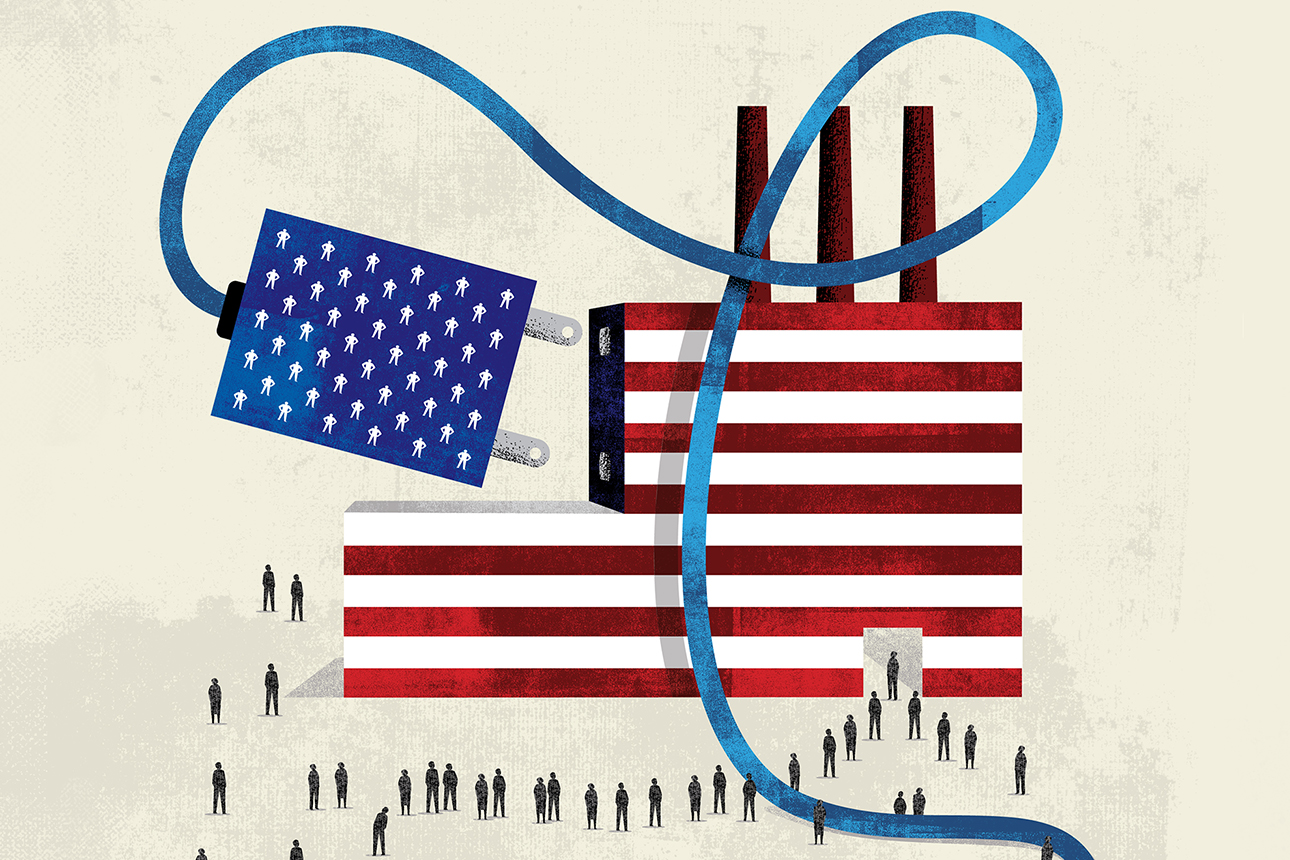Learned a lot lending an editorial hand here:

Healthcare is a rewarding and demanding profession. Long hours, high intensity work environments, and physically demanding tasks contribute to elevated incidences of chronic fatigue, musculoskeletal injuries, and other health problems. Nearly half of healthcare workers globally suffer from burnout. Almost as many experience musculoskeletal issues each year. We find comparable rates in the GCC’s healthcare systems.
These conditions harm healthcare workers and patients. Mental and physical wellbeing challenges drive up absenteeism, turnover, and job dissatisfaction, all of which increase medical errors, lower patient satisfaction, and diminish compassionate care. Research into the effects of burnout among doctors, for example, shows that it is associated with a fourfold decrease in job satisfaction. Doctors experiencing burnout are 2.2 times more likely to have made a recent medical error. Thus, current conditions foster a vicious cycle with systemic and financial repercussions.
As these conditions worsen, healthcare systems become increasingly stretched, with workforce shortages intensifying these pressures. The wellbeing of the GCC’s healthcare workforce is a large-scale issue with system-wide implications that should be investment priorities. Evidence-based research proves that investing in healthcare worker wellbeing yields tangible benefits, including a 17% reduction in absenteeism, an 11% decrease in turnover, and productivity gains of up to 25%. Read the rest here.
























